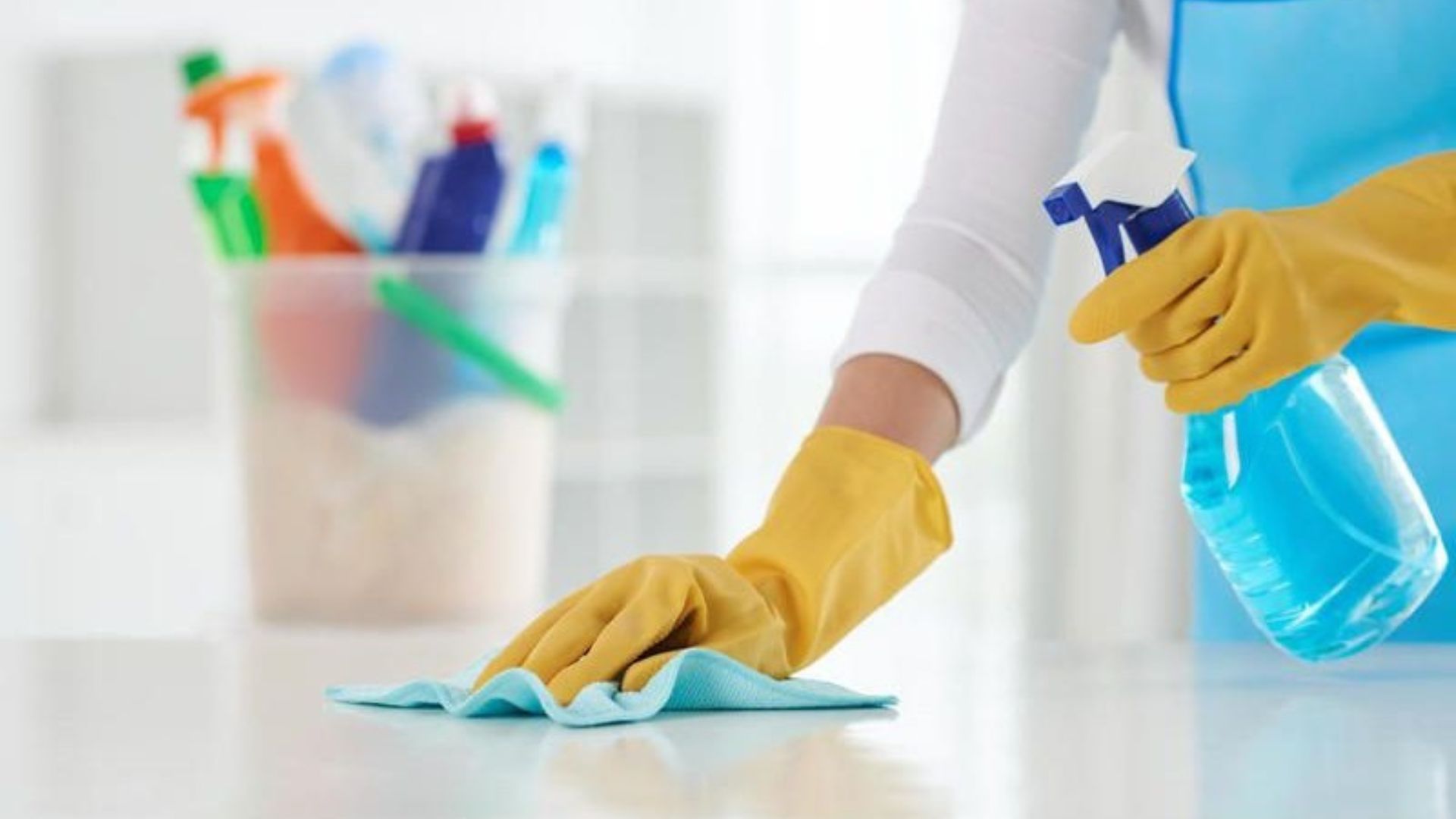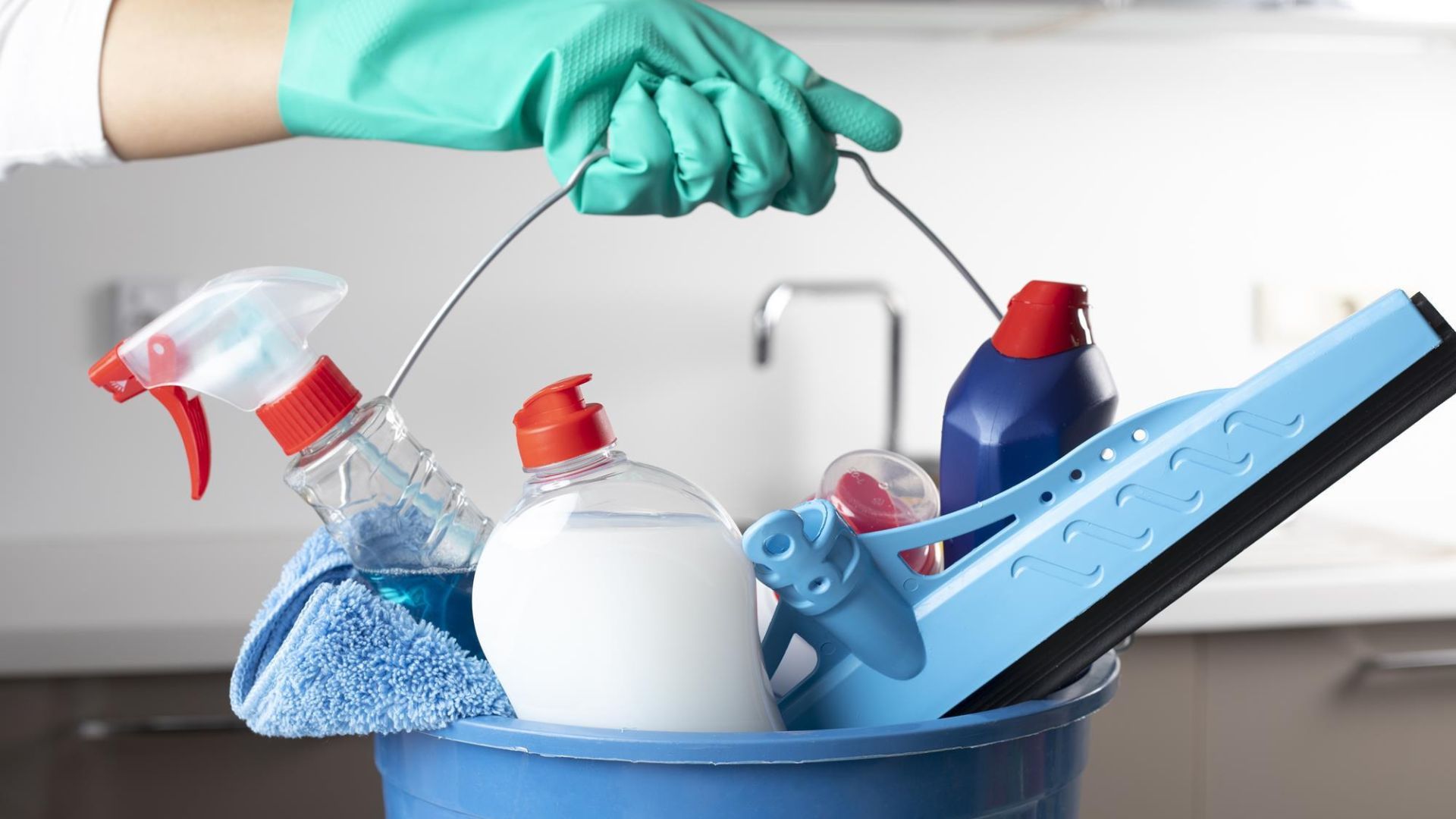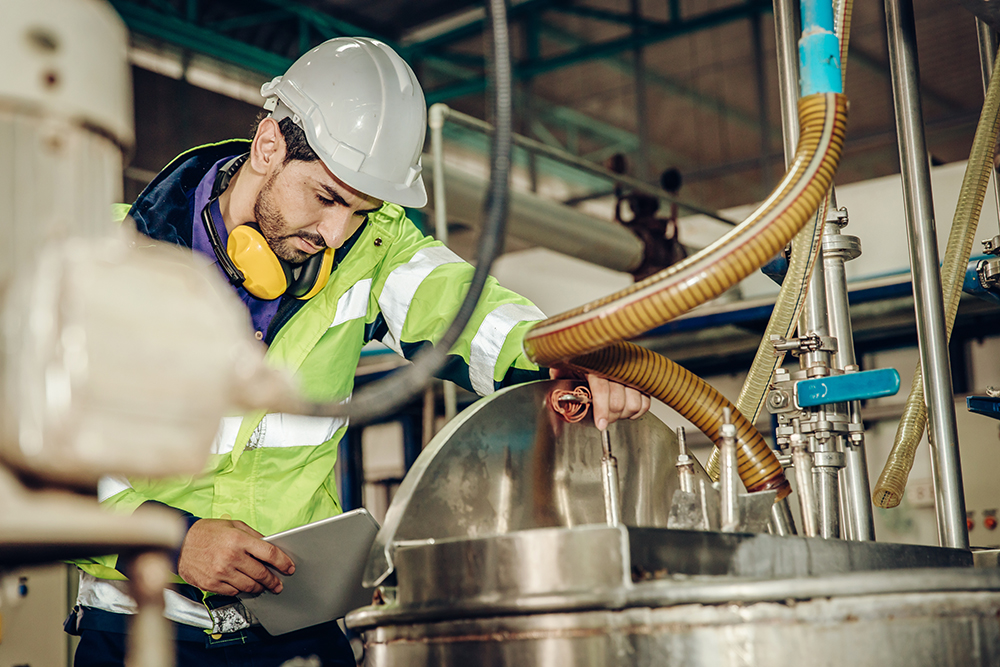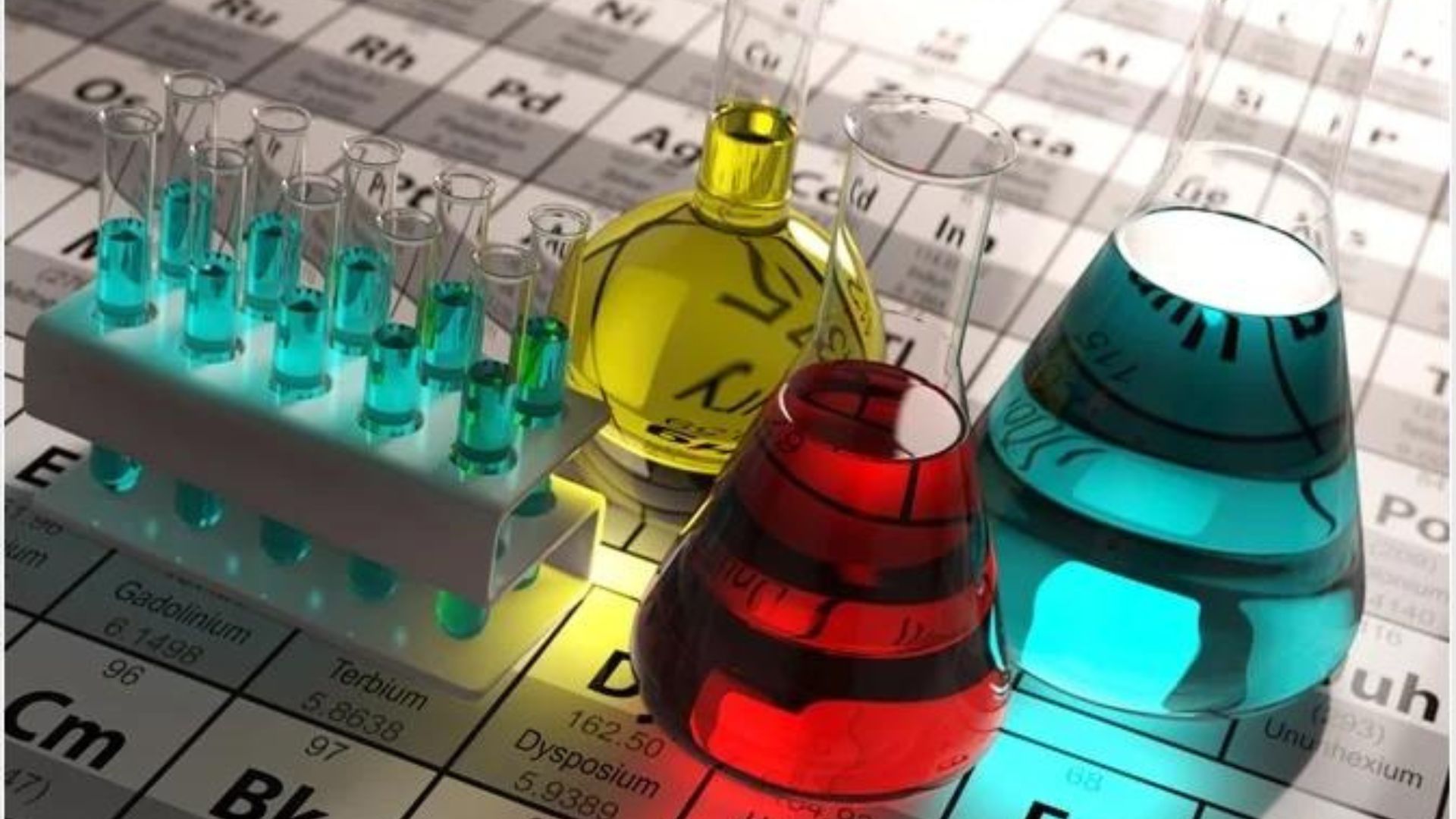Using chemicals in cleaning is an effective way to tackle stubborn dirt and disinfect surfaces. Proper use of cleaning chemicals ensures a safer and more efficient cleaning process. Here are key strategies for using chemicals in cleaning to maximize effectiveness and maintain safety.
1. Choose the Right Chemical for the Task
When using chemicals in cleaning, selecting the correct chemical for each cleaning task is crucial. Different chemicals target different types of stains and contaminants. For instance, bleach is effective for sanitizing, while ammonia is great for cutting through grease. Always read labels to understand the intended use of each chemical.

Using Chemicals in Cleaning
2. Follow Manufacturer Instructions
Always adhere to the manufacturer’s instructions when using chemicals in cleaning. The instructions will provide important details on dilution ratios, application methods, and safety precautions. Proper adherence ensures the chemicals work effectively and reduces the risk of damage or injury.
3. Wear Appropriate Protective Gear
Safety is paramount when using chemicals in cleaning. Wear protective gear such as gloves, goggles, and masks to prevent exposure to harmful fumes and prevent skin contact. Protective clothing minimizes the risk of chemical burns or respiratory issues.
4. Test Chemicals on a Small Area First
Before applying a new chemical to a large area, test it on a small, inconspicuous spot. This helps you assess whether the chemical will cause any discolouration or damage. Testing ensures that the chemical is safe to use on the surface you’re cleaning.
5. Use Proper Ventilation
Good ventilation is essential when using chemicals in cleaning. Ensure that the area is well-ventilated by opening windows or using fans. Adequate airflow helps to disperse fumes and reduce the risk of inhalation, which can be harmful.
6. Store Chemicals Safely
Store cleaning chemicals in a safe, cool, and dry place away from direct sunlight. Keep chemicals in their original containers and out of reach of children and pets. Proper storage helps prevent accidental exposure and maintains the chemical’s effectiveness.
7. Avoid Mixing Chemicals
Mixing different cleaning chemicals can create dangerous reactions. For example, combining bleach with ammonia produces toxic chloramine vapours. Always use one chemical at a time and avoid mixing to prevent hazardous reactions.
8. Follow Proper Dilution Procedures
Many cleaning chemicals need to be diluted with water before use. Follow the dilution instructions on the label precisely. Using too much chemical can lead to excessive residue and potential harm, while too little may not clean effectively.
9. Use the Right Equipment
Use appropriate cleaning tools and equipment for the chemical being used. For example, microfiber cloths are ideal for cleaning surfaces with chemical cleaners because they help lift dirt without leaving lint. Matching equipment to the chemical ensures more effective cleaning.
10. Dispose of Chemicals Properly
Dispose of cleaning chemicals according to local regulations. Do not pour chemicals down the drain or throw them in the trash unless instructed. Many chemicals require special disposal methods to prevent environmental contamination and safety hazards.
11. Maintain Regular Cleaning Schedules
Implement a regular cleaning schedule to keep surfaces consistently clean. Regular use of chemicals can help maintain a hygienic environment and prevent the buildup of dirt and grime. A structured schedule ensures that cleaning tasks are completed effectively.
12. Train Staff on Safe Chemical Use
If you manage a team, ensure they are trained on the safe use of cleaning chemicals. Proper training includes understanding how to use chemicals correctly, recognizing safety symbols, and knowing how to respond in case of spills or accidents. Well-trained staff will handle chemicals more safely and effectively.
13. Monitor Chemical Usage
Keep track of the chemicals you use, including quantities and types. Monitoring usage helps prevent overuse and ensures that you use the most appropriate chemicals for each task. It also helps in managing inventory and reducing costs.
14. Clean Up Spills Immediately
Address any spills of cleaning chemicals promptly to avoid accidents and damage. Use appropriate absorbent materials and follow the manufacturer’s guidelines for spill cleanup. Immediate action reduces the risk of slipping hazards and chemical exposure.
15. Evaluate and Adjust Cleaning Practices
Regularly review and adjust your cleaning practices based on effectiveness and safety. Evaluate whether the chemicals you use are meeting your needs and if there are safer or more efficient alternatives. Continuous improvement helps maintain high cleaning standards and safety.
Conclusion
Using chemicals in cleaning requires careful consideration and adherence to safety practices. By following these strategies, you can ensure effective cleaning while minimizing risks. Proper chemical use enhances cleaning efficiency and maintains a safe environment for everyone.




